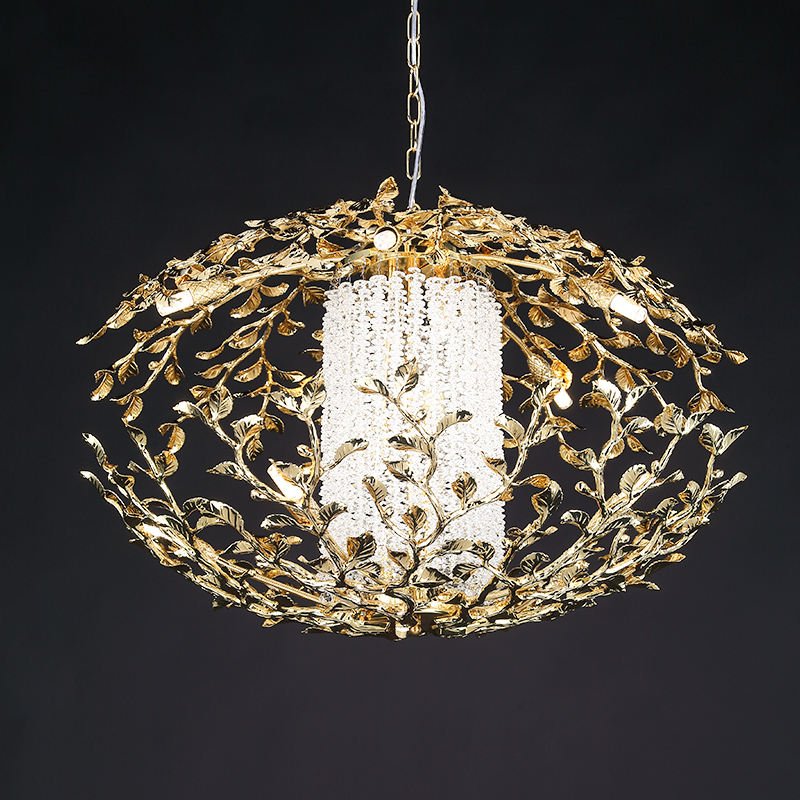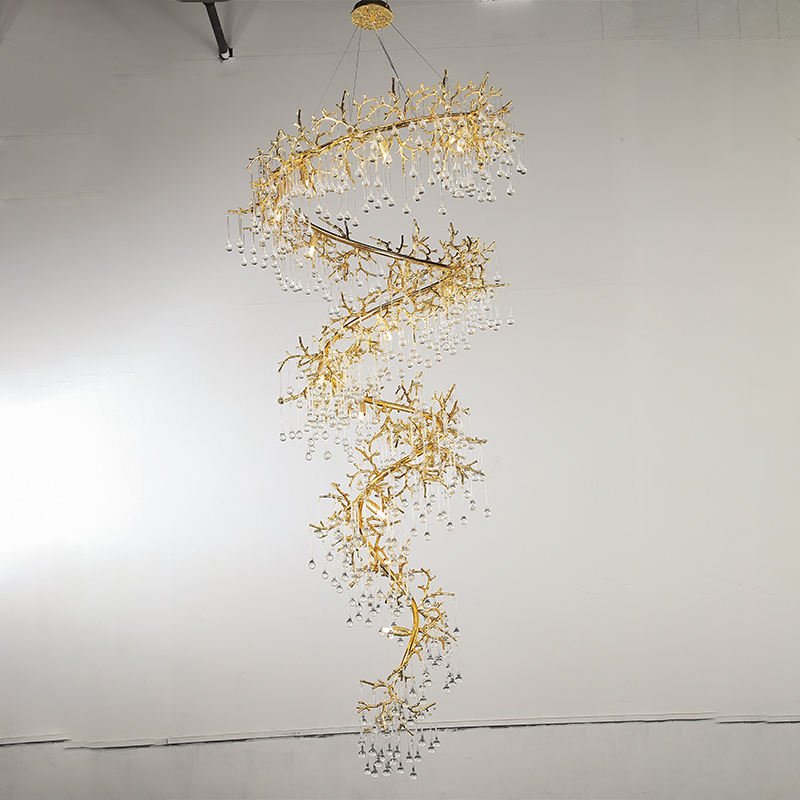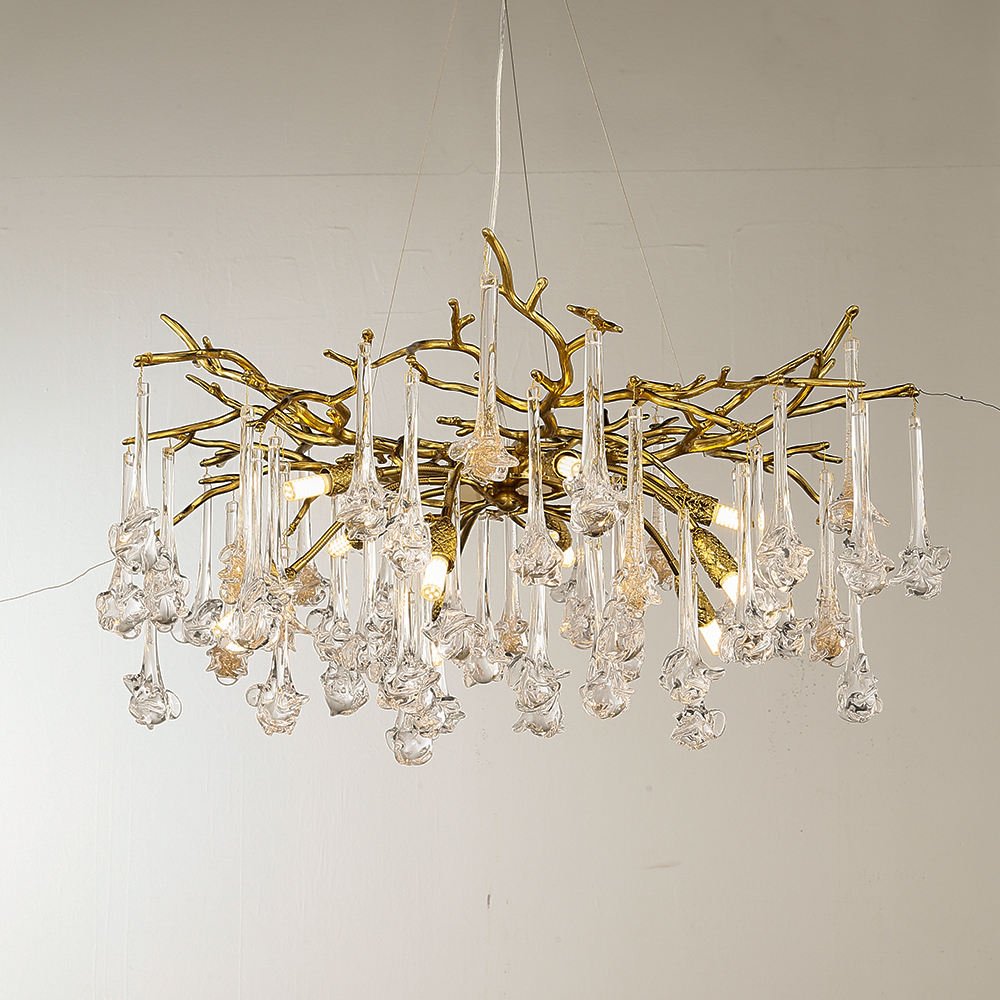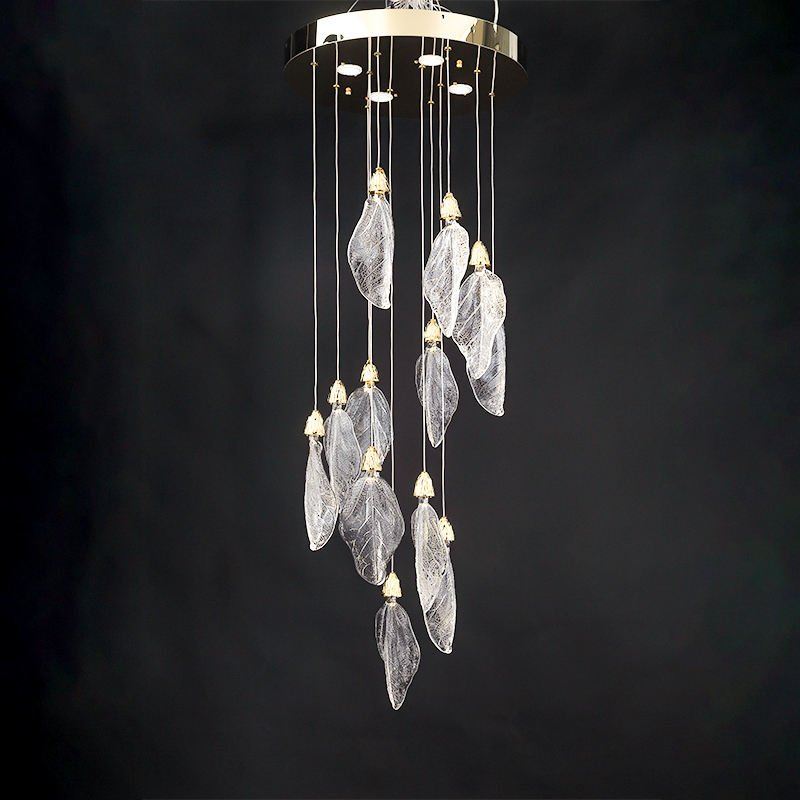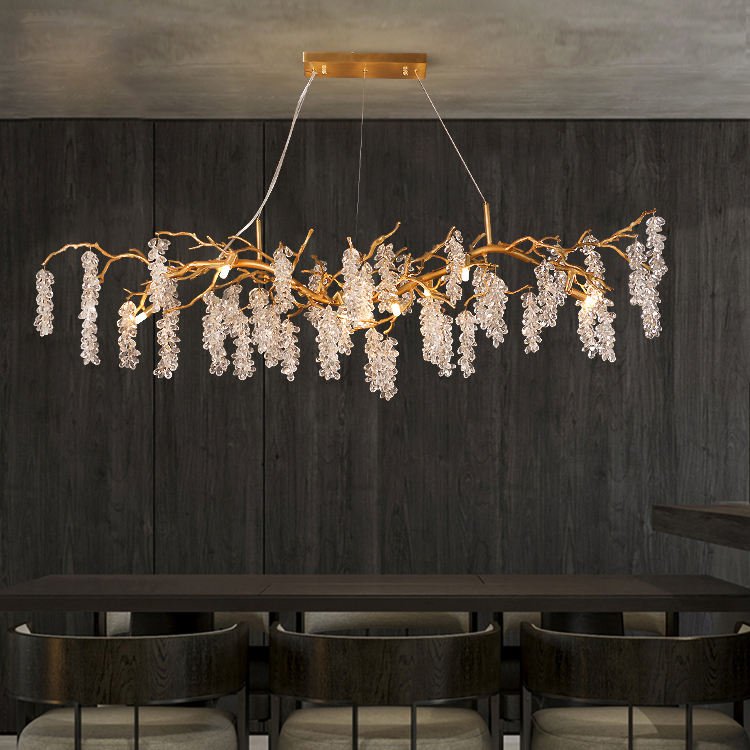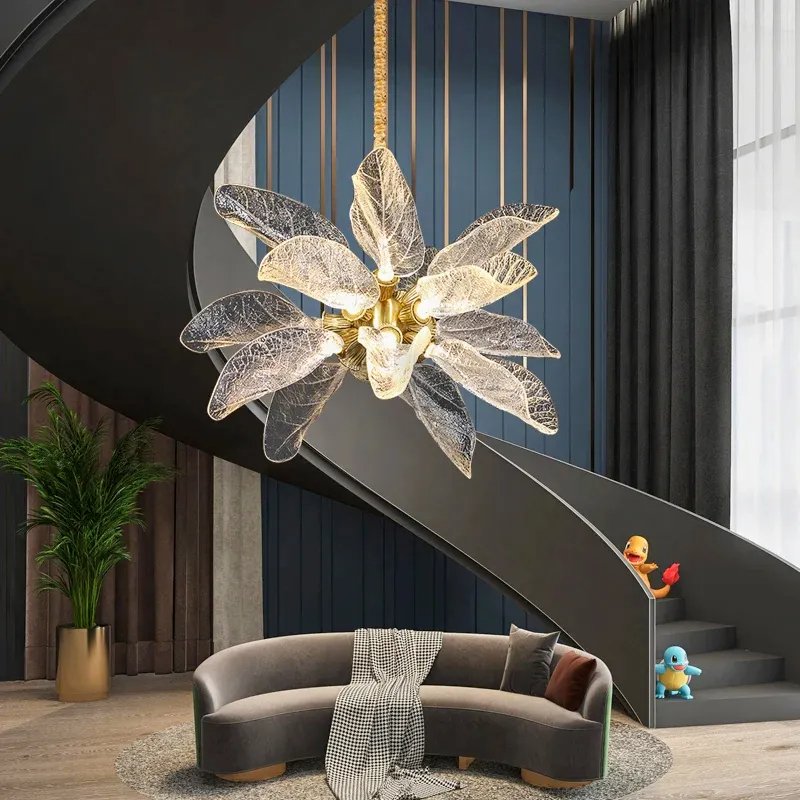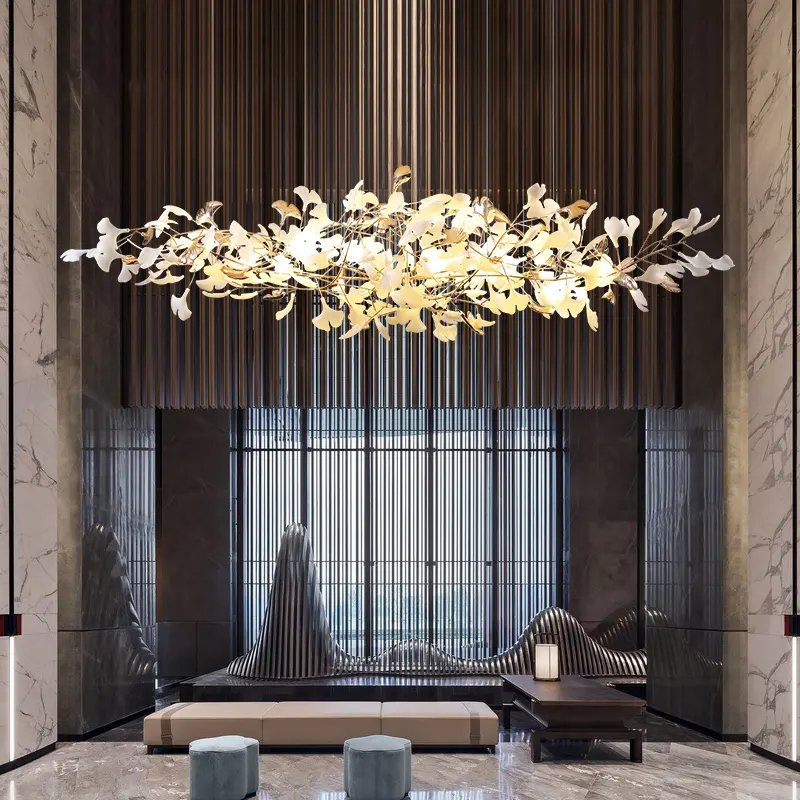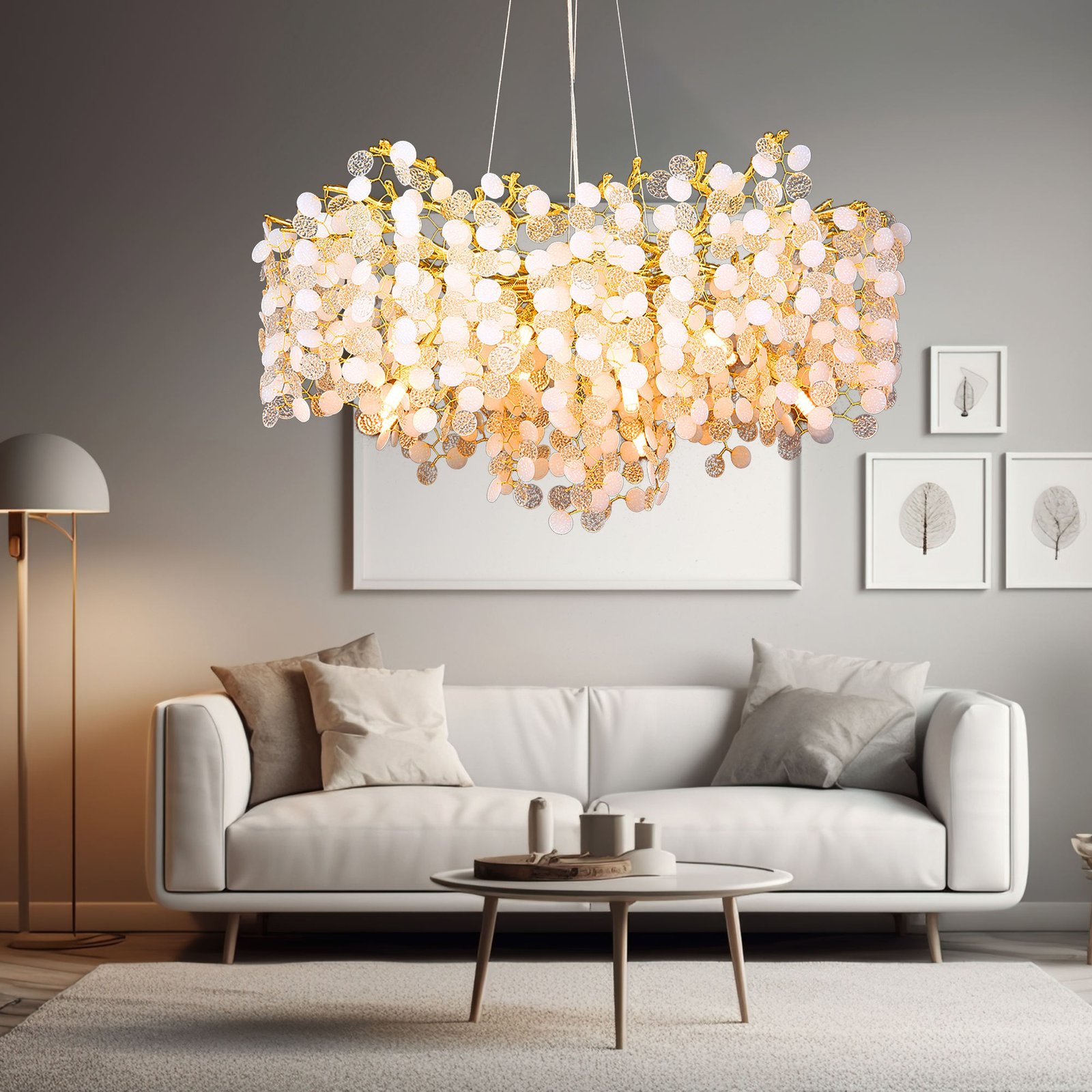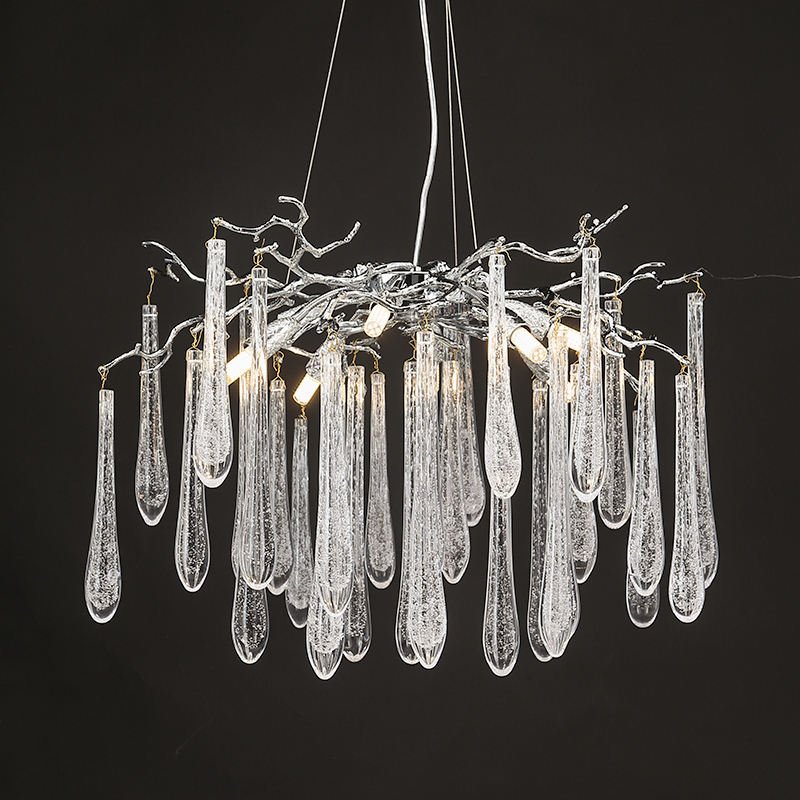Key Takeaways
- Wood branch chandeliers bring a unique, natural element into home decor.
- They come in lots of styles, from really rustic to sleek modern designs.
- You can even try makin’ one yourself if you’re crafty.
- These chandeliers work well in dining rooms, living rooms, and entryways.
- Think about the size of the room when pickin’ a chandelier size.
- Some designs mix wood branches with glass or crystal for extra elegance.
- Dusting regular is key to keeping them looking good.
The Unique Charm of Wood Branch Chandeliers: Why Bring Nature Indoors?
So, why’re people suddenly hangin’ tree bits from their ceilin’s? Well, it ain’t really sudden, but wood branch chandeliers have this way of makin’ a room feel special, dont they? It’s about bringin’ a little piece of the outside, inside. Theres somethin’ inherently calming and beautiful about natural forms, and a branch chandelier captures that perfect. Unlike mass-produced fixtures that all look the same, each branch chandelier has its own twists and turns, its own character. It’s like installing a piece of sculpture that also happens to light up the room. People are lookin’ for ways to make their homes feel more unique, more them, and these lights do just that. They ain’t just light fixtures; they’re conversation starters.
Think about the texture too. Real wood, or even realistic faux wood, adds a tactile element that you dont get with plain metal or glass. It warms up a space, makes it feel cozier, more grounded. This connection to nature is somethin’ folks really crave, especially if you live in a city. Havin’ that organic shape overhead can really change the feel of a room, makin’ it less sterile and more inviting. And it works with so many decor styles! You might think “rustic cabin,” but nah, they can look amazing in modern minimalist spaces, Scandi designs, or even kinda bohemian rooms. The key is the specific design of the chandelier itself. You can find Original Designs: Nature-Inspired Branch Chandeliers that range from super simple to incredibly complex, suitin’ pretty much any taste. It’s this versatility thats part of their big appeal right now. They offer a break from the ordinary, a touch of the wild, if you will. It’s not just about light; it’s about atmosphere and personality. People are drawn to authenticity, and what’s more authentic than the shape of a tree branch, eh?
From Raw Wood to Refined Metal: Exploring Branch Chandelier Styles
When you picture a branch chandelier, you might just think of a log with some bulbs stickin’ out, yeah? But the styles go way beyond that basic idea. Theres a whole world of difference between a chunky, rough-hewn piece that looks like it came straight from the woods and a delicate, metallic design that only suggests branches. You gotta Explore Various Styles of Branch Chandeliers to really get a feel for what’s out there. Some keep the natural wood finish, maybe sanded smooth or left kinda rugged. These are perfect for that farmhouse look, or a cozy lodge feel. Think warm wood tones, maybe some visible grain – real earthy stuff. You can find some lovely examples, like this Rustic Tree Branch Chandelier available online, which really leans into that natural vibe. It’s got that handcrafted feel, proper unique.
But then you got the other end of the spectrum. Modern Designs: Unique Branch Chandeliers often use metal – like brass, black iron, or even chrome – shaped into branch-like forms. These can be incredibly elegant and sophisticated. Imagine sleek, polished ‘branches’ reaching out, maybe tipped with simple bulbs or even integrated LEDs. These fit beautiful in contemporary homes, adding an organic touch without sacrificing that clean aesthetic. Sometimes they mix materials too, like wood branches painted white or black for a more graphic look, or combining metal branches with wooden accents. The finish makes a huge difference – a high-gloss painted branch feels totaly different from a matte black metal one or a distressed wood piece. So, dont just think ‘wood’; think about the finish, the material, the overall shape. Is it sprawling and wild, or more contained and symmetrical? Does it look heavy or light? All these things change the ‘style’ quite a bit.
Crafting Your Own Light: DIY Branch Chandelier Insights & Common Pitfalls
Fancy makin’ your own light fixture? A DIY branch chandelier can be a really rewarding project, letting you create somethin’ totaly unique for your space. It sounds kinda simple – find a branch, add some lights – but theres a bit more to it if you want it to look good and be safe. First off, findin’ the right branch is key. You want somethin’ sturdy, well-dried (important!), and with an interesting shape. Don’t just grab any old twig off the ground; it might be rotten or full of bugs. Let it dry out completely indoors for weeks, maybe even months, depending on how thick it is. You might need to treat it too, to prevent critters or decay. There’s a good guide on How to Make a Branch Chandelier that walks through the basics.
Now, the electrics. This is where you gotta be careful. Using a pre-made lighting kit (like a pendant light kit or string lights) is often the safest bet unless you really know your wiring. Wrapping wires neatly around the branch, securing sockets proper, and making sure everything is insulated is crucial. Hiding the wires can be tricky; some folks carve a shallow groove on the top or back of the branch. Think about the bulbs too – LEDs are great ’cause they dont get too hot, which is safer with wood. And how you gonna hang it? Heavy branches need serious support from ceiling joists, not just the drywall. One of the big DIY Branch Chandeliers: Common Mistakes to Avoid is underestimating the weight or messing up the wiring. But dont let that put you off! It’s also a chance for DIY Branch Chandeliers: Creative Upcycling Ideas, maybe using parts from an old lamp or adding unique decorative elements. Just plan it out careful, take your time, and prioritize safety, yeah?
Finding the Perfect Spot & Integrating with Decor
Okay, so you love the idea of a branch chandelier, but where exactly should it go? These beauties can work in more places than you might think, but placement is kinda important to get the best effect. The most obvious spot is probably over a dining table. It becomes a real focal point, setting the mood for meals and gatherings. Make sure it’s hung at the right height though – low enough to feel connected to the table, but high enough so people dont bang their heads! About 30-36 inches above the tabletop is usually a good starting point, but adjust for your ceiling height and the fixture size. A living room is another great option, especially if you got higher ceilings. It can add drama and that nature connection we talked about. An entryway or foyer? Perfect for makin’ a statement right when people walk in.
Scale is super important. A tiny branch light will look lost in a massive room, and a huge, sprawling chandelier will overwhelm a small space. Think about the ‘visual weight’ too, not just the physical size. A delicate metal branch design might work in a smaller room where a chunky wooden one wouldn’t. And how do you make it fit with your other stuff? Well, Combining Branch Chandeliers with Wood Accents: A Guide to Natural Elegance gives some good pointers. Echoing the wood element elsewhere – maybe in furniture legs, picture frames, or even just a bowl on the table – can help tie it all together. But you dont have to go full log cabin! A branch chandelier can be a fantastic contrast in a really modern room, softening the edges. According to articles like this one on The Growing Trend of Natural Elegance in Modern Interiors, that mix of natural and contemporary is really popular. Just consider the lines, colours, and textures in your room and choose a chandelier that complements, rather than fights, them.
Setting the Mood: Lighting Effects and Artistic Glass Elements
A chandelier isn’t just about how it looks when its off; it’s about the light it casts and the mood it creates when its on. Branch chandeliers are particularly interesting here because their irregular shapes can create really lovely patterns of light and shadow. Think about how light filters through tree leaves – you get that kinda dappled effect, which can be really magical indoors. The type of bulbs you use makes a big difference to the Lighting Effects in Modern Interiors. Warm white bulbs will enhance the cozy, natural feel, especially with wood finishes. Clear bulbs, like Edison-style ones, can add a vintage or industrial touch and let you see the filament. Frosted bulbs give a softer, more diffused light. And definitely consider putting your chandelier on a dimmer switch! Bein’ able to adjust the brightness lets you change the mood instantly, from bright and functional for cleaning, down to low and atmospheric for relaxing evenings.
Now, lets talk about addin’ a bit of sparkle. Some of the most stunning branch chandeliers combine the organic form of branches with the elegance of glass or crystal. Imagine delicate glass leaves seeming to sprout from the branches, or crystal droplets hanging down like frozen dew or rain. This mix of rustic and refined is just beautiful. It catches the light in a completely different way, creating shimmer and reflection alongside the shadows. These designs often lean more towards the modern or ‘glam’ end of the style spectrum, perfect for adding a touch of luxury. Thinking about Artistic Glass Lighting for Villas: Selecting Themes for Villa Lighting might seem high-end, but the principles apply anywhere – using glass elements adds another layer of visual interest and light play. Even techniques used for Artistic Glass Lighting for Villas: Techniques for Outdoor Glass Lighting, like how glass interacts with natural light (if near a window) or artificial light, can inspire indoor choices. This combination makes the chandelier a focal point both day and night. It elevates the simple branch form into somethin’ truly special, almost like jewelry for your ceiling. These designs are definitely showstoppers, aligning with broader trends towards statement lighting seen in articles about The Best Modern Chandeliers for Living Room Design.
Keeping it Beautiful: Care Tips for Your Branch Chandelier
Right, you’ve got your gorgeous branch chandelier hangin’ up, lookin’ amazing. How do you keep it that way? Like anything nice in your house, it needs a little bit of lookin’ after. The main enemy? Dust! Those branches, especially if they’re textured or have lots of nooks and crannies, can be proper dust magnets. Regular dusting is key. For smooth branches, a soft microfiber cloth usually does the trick. For rougher textures or hard-to-reach bits, a feather duster or even the soft brush attachment on your vacuum cleaner (on a low setting!) works wonders. Make sure the power is switched off at the breaker before you start pokin’ around with vacuum attachments near the sockets, yeah? Safety first.
If you got glass or crystal elements on your chandelier, they’ll need a bit more attention to keep their sparkle. A special glass cleaner sprayed onto a cloth (never directly onto the fixture, especially near wiring!) can get rid of smudges or buildup. For real wood branches, avoid harsh chemical cleaners. Usually, just dusting is enough. If it gets really grubby somehow, a slightly damp cloth might be okay, but dry it off straight away – you dont want the wood soaking up moisture. Check the bulbs occasionally too; give them a wipe when they’re cool and switched off. And maybe once a year or so, just give the whole thing a quick once-over – check the chain or cable holding it up is still secure, make sure no wires have come loose (especially important for DIY ones!). It’s mostly just common sense stuff, but doin’ it regular stops dust building up into a major cleaning job later. Keepin’ it clean means it keeps castin’ that beautiful light you bought it for.
Branch Chandeliers in Modern Design: Trends and Future Outlook
So, are these branch chandeliers just a passing fad? I really dont think so. They tap into somethin’ quite fundamental – that desire to connect with nature, which seems stronger than ever in interior design. Look around at modern interiors; you see a lot more natural materials, plants, earthy colours. Branch chandeliers fit right into this. They aren’t just ‘rustic’ anymore; designers are constantly finding new ways to interpret the form, makin’ them suitable for all sorts of contemporary spaces. We’re seeing sleeker lines, unexpected materials like blackened steel or polished brass shaped into branches, and integration with smart lighting tech too. Imagine controlling the mood lighting from your phone, coming from a fixture that looks like a piece of natural sculpture – its pretty cool.
There’s also a nod towards sustainability here, innit? Using natural wood (especially reclaimed or sustainably sourced) feels more responsible than purely synthetic materials sometimes. Even the metal versions often use recycled materials. While the chandelier itself uses electricity, the trend towards natural forms aligns with a broader consciousness about our environment. It connects, in a small way, to bigger ideas about energy and resources, like those discussed in talks about The Future of Energy: Innovations and Trends. People want designs with meaning, pieces that tell a story. A branch chandelier does that – it speaks of nature, craftsmanship (whether by an artisan or your own DIY efforts), and individuality. As we look ahead, I reckon we’ll see even more innovation – maybe branches combined with fibre optics, or designs that incorporate living plants like air plants (carefully, away from heat!). The basic concept is timeless, but the execution will keep evolvin’, keeping branch chandeliers relevant and desirable for a long time to come. They just got that certain somethin’.
Frequently Asked Questions
Q: Are wood branch chandeliers heavy? Do I need special mounting?
A: Yeah, they can be, especially the ones made from solid, chunky wood. Lighter designs made from smaller branches or metal might not be too bad. But generally, it’s always best to assume it’ll need proper support. You should definitely aim to fix it into a ceiling joist, not just the plasterboard. If the spot you want doesnt have a joist right there, you might need to install extra blocking or use a specialized heavy-duty ceiling box. Getting a qualified electrician to install it is always the safest bet, especialy with heavier fixtures.
Q: What kind of light bulbs work best?
A: LEDs are usually recommended. They use way less energy, last for ages, and most importantly, they dont produce much heat, which is much safer when you got wood involved. You can get LEDs in all sorts of styles now too – vintage-look Edison bulbs, small candle bulbs, standard shapes – and in different colour temperatures (warm white, cool white) so you can get the exact mood you want.
Q: Are they hard to clean?
A: They can be a bit fiddlier than a simple pendant light, mainly ’cause of all the nooks and crannies where dust can settle. Regular dusting with a feather duster or microfiber cloth is usually enough. For stubborn dust, the brush attachment of a vacuum on low power works well (turn the power off first!). If you got glass bits, clean them carefuly with glass cleaner on a cloth.
Q: Can I use a real branch I found outside for a DIY chandelier?
A: You can, but you need to prepare it proper first. Make sure it’s completely dry (this can take weeks or months indoors), clean it thorough, and check for any woodworm or bugs. You might want to treat it with a sealant or preservative too. And obviously, make sure the wiring is done safely! If in doubt, maybe start with a pre-treated branch from a craft supplier or go for a manufactured chandelier.
Q: Do branch chandeliers fit in modern homes?
A: Absolutly! While they have rustic roots, there are loads of modern branch chandelier designs now. Think sleek metal finishes (gold, black, chrome), minimalist forms, integrated LEDs, and combinations with glass or crystal. They can add a fantastic organic contrast to clean lines and contemporary furniture. It’s all about pickin’ the right style for your space.


